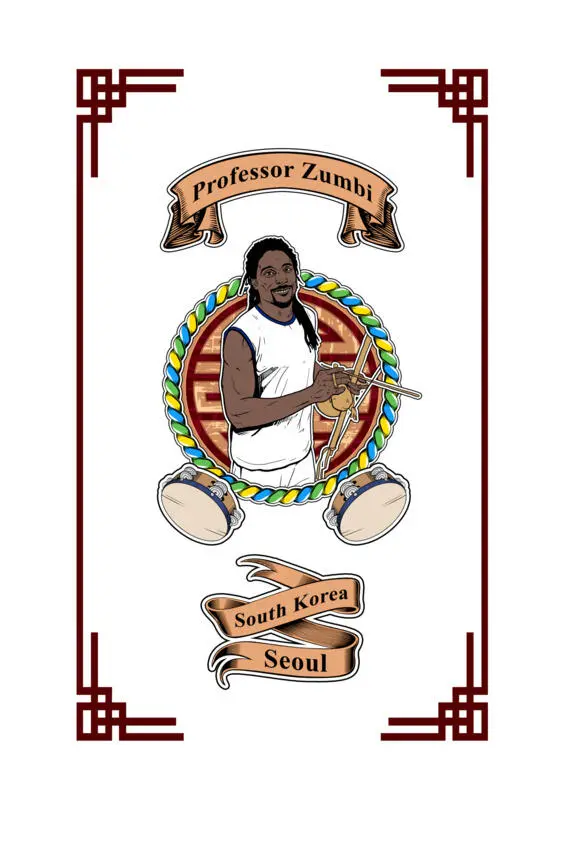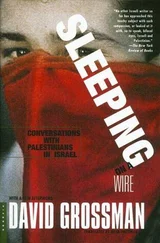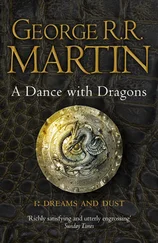My conclusions about Korea are limited by my observations, conversations with locals, articles from Quora and videos from YouTube. I am generalizing since you can find any type of mentality even within the same culture. I lived in a province where most of the locals spoke very poor English, so it was difficult to understand what was going on in their minds. Take into account what I’ve said above but do not form any stereotypes.
What about capoeira in South Korea?
While in Russia, I tried to find capoeira in Korea on Instagram using hashtags – I couldn’t find anyone but Zumbi 15 15 Zumbi was a Brasilian of Kongo origin and a Quilombola leader; he is also one of the pioneers of resistance to the slavery of Africans by the Portuguese in Brasil.
. I looked in Yandex and found the Zumbi’s webpage again. Well, I thought, he must be the only one then. And capoeira, it seems, existed only in Seoul.
I worked far from Seoul and trained by myself in the park for 2 months. I wrote to Zumbi and informed him that I wanted to meet, chat and practice capoeira with him on my last day (and my only day off) in Korea. I had a flight in the evening, and Zumbi’s class was early in the morning, so I hit the road, slept for an hour and a half on the bus, and with drooping eyes came to his class. After that experience, my body had gone into shock. It had already been heavy after a sleepless night and I had rubbed my feet to calluses. I could barely walk after that class, as Zumbi is a maniac. Honestly, if he could, he would literally train all day long!
After the class, we went to have lunch and met Zumbi’s student. I barely remember conversations we had since my head was really foggy. But, having been on a first visit to Korea, I decided to come to Korea again and become better acquainted with the persons that I interacted with. So, on my second visit to Korea, I went to Seoul 3 times to get to know the Zumbi’s group. I met his student, who replaces him in classes when he is away, – graduada 16 16 A graduate. A student with a yellow (third) belt in the CDO system.
Formiginha 17 17 Little ant.
.I also met his student from Brazil: in fact, this guy began to practice capoeira in England, when he moved there as a child, and continued with Zumbi, after moving to Seoul. I also met a student from the United States with Brazilian roots who teaches English in Korea.
It turned out that I had met one of Zumbi’s students even before I met him. This happened when I came to Brazil to train with Mestre Papa-Leguas in 2017. This girl used to live and study in Seoul, and now she lives in Brazil. It’s a small world, isn’t it?
Are there any other capoeira groups in Korea?
Yes, Some of Zumbi’s former students had split off and continued to work directly with Mestre Chicote. Unfortunately, I didn’t manage to meet with any of them during my time in Korea.
I managed to find 3 CDO 18 18 Short from Cordão de Ouro.
groups in Korea. I have also heard of Capoeira Angola 19 19 Angola or Capoeira Angola is one of the fundamental styles of capoeira.
and Abada. All groups, judging by the photos, are quite small and do not hold large events.
In my personal experience, most Koreans do not know how to relax and have fun in a healthy way. Constantly competing for jobs, they worry too much about their social image, and Koreans simply don’t have the time and energy to have a real hobby, let alone devote themselves to capoeira and start teaching with a yellow belt.
Professor 20 20 A capoeirista with blue-green-yellow belt in the CDO system.
Zumbi – Seoul, South Korea

***
Zumbi is an amazing person who is in love with capoeira. He was the first representative of the CDO school in Korea. He breathes such confidence that it seems that he never doubts that he will achieve everything he wants.
Life is unpredictable and full of surprises, which is why, while in Korea, I interviewed Zumbi on Skype, and not in person. Zumbi was in the United States at that time. If I’m not mistaken, the difference between us was about 12 hours or even more, so I had to get up early for the conversation while for Zumbi it was the evening of the previous day.
Conversation with Professor Zumbi.
Curiosa: Tell me about your background: Where were you born? Where and when did you start practicing capoeira?
Zumbi: I was born and grew up in Jamaica. In 2000, I moved to the USA at the age of 23 where almost immediately I started to practice capoeira. I started in Berkley, California with Mestre Marcelo Caveirinha 21 21 Small skull.
in the capoeira Mandinga group. At that time, it wasn’t so popular to use the name of Cordão de Ouro, so basically I started with CDO masters in a group with a different name. Capoeira became my passion and was my motivation to get good grades at university. I would allow myself 4 hours a day to practice capoeira but only if I got excellent grades!
In 2003, I started to train with Mestre Chicote in Vallejo, Oakland, and SF. These times were hard ones because Chicote was giving classes at different hours and in different locations, still I tried to go to all of them even if they were far and ended late.
Curiosa: When and how did you start to teach capoeira? Was it easy? Did it come naturally?
Zumbi: In 2005, I started to teach capoeira with the yellow belt. I didn’t really make any income from teaching, but I saw it rather as a hobby that would allow me to organize my own workouts during the week. So, I would give classes at the same place and hour to my students from Mondays to Thursdays and trained with the big group from Fridays to Sundays.
As to whether it was easy, discipline and goal setting have always been important for me. I enjoyed preparing for every class, explaining capoeira to others and mastering my own skills through teaching and for me teaching came easily; it is a part of learning.
Curiosa: Who was your greatest inspiration in the practicing of capoeira?
Zumbi: Among the people who inspired me and influenced my capoeira the most are the 2 first American masters: Beringela 22 22 An eggplant.
and Xangô 23 23 Xangô is one of the most popular orishas in the Yoruba religion, Heavenly Father, the spirit of thunder and lightning.
. They are geniuses in capoeira because they managed to excel in all areas of capoeira and to understand all cultural and traditional aspects of it without actually living in Brazil.
Curiosa: Why and when did you move to South Korea? What was the situation with capoeira in Seoul at that time? What is the situation now?
Zumbi: In 2009, a Korean company offered me a full-time job, which was too good to refuse, in Korea. So, I moved to Seoul and immediately started to search for capoeira classes. I found a group called Filhos de Bahia. The leader of the group was Mestre Nei Boa Morte. Their teacher’s name was Alegria, but he had temporarily stopped teaching and his wife was giving classes instead. I didn’t enjoy going to their classes and was training alone in a gym. The same year, a student of Alegria started a Muzenza group. I was visiting their rodas 24 24 Roda is the circle in which capoeira is played.
and helped them with their first Batizado.
Soon after, I started my own group and right now I’m not getting on well with any other capoeira teachers in Korea. Most of these Korean teachers never left Korea and haven’t been to Brazil, so we always have disagreements on how things should be done.
Читать дальше













